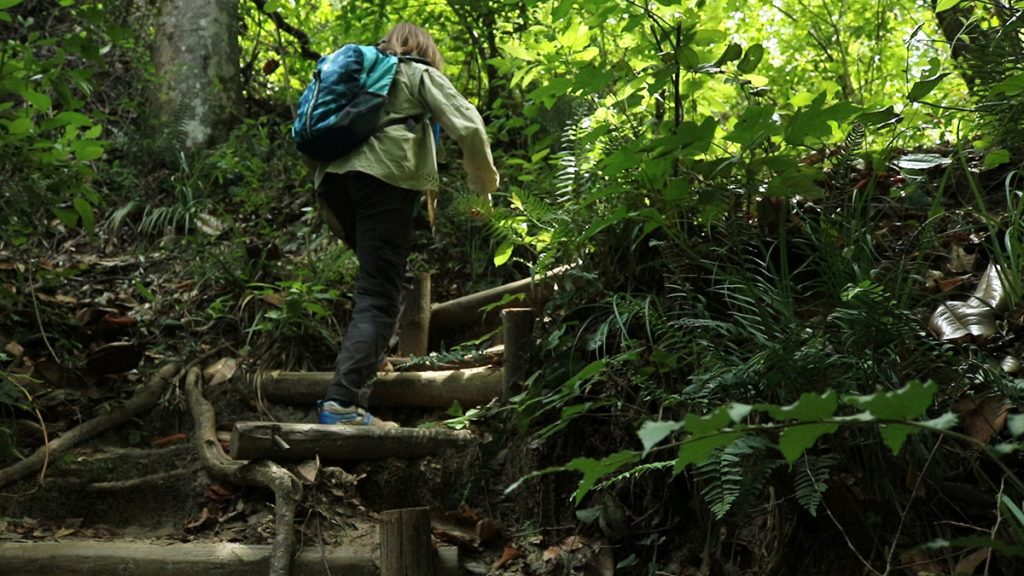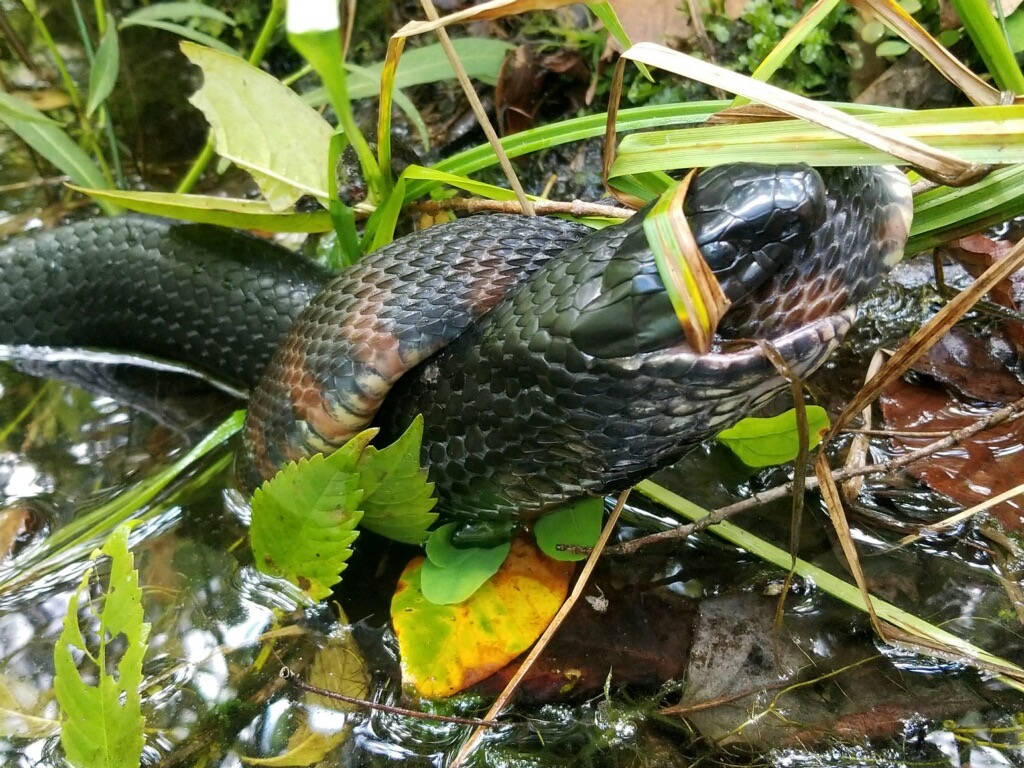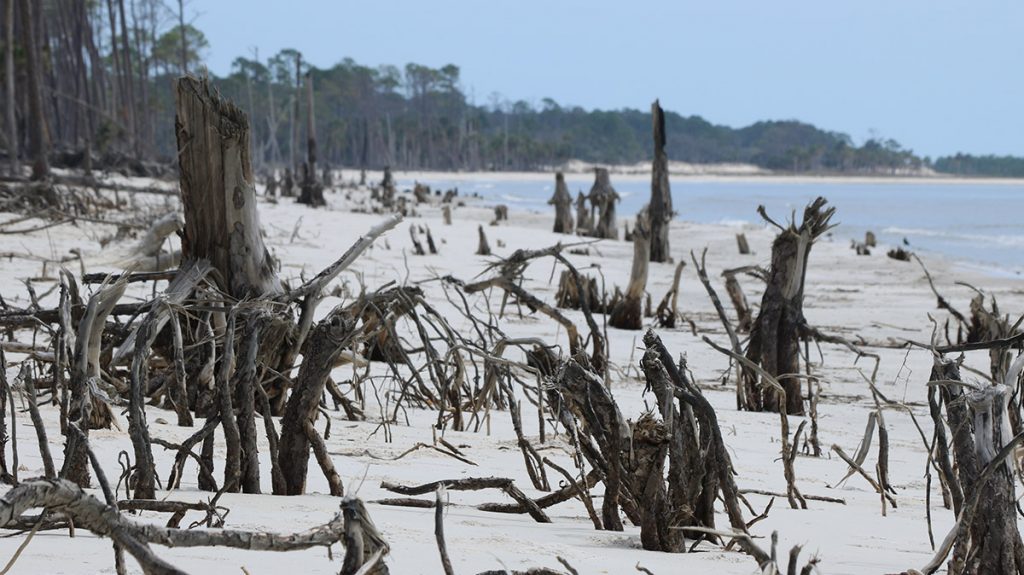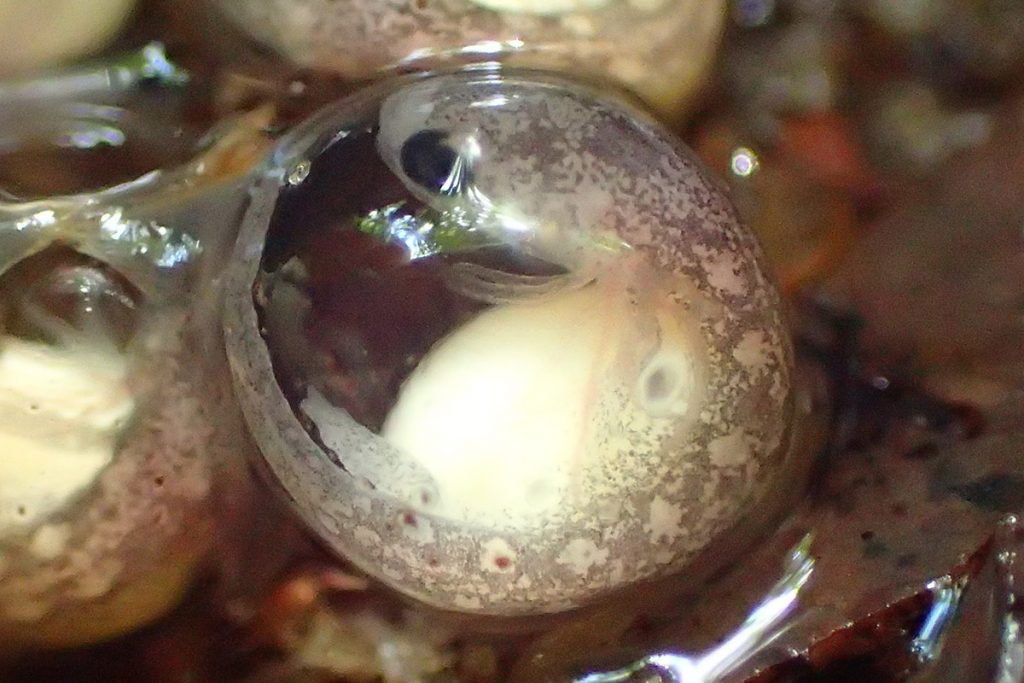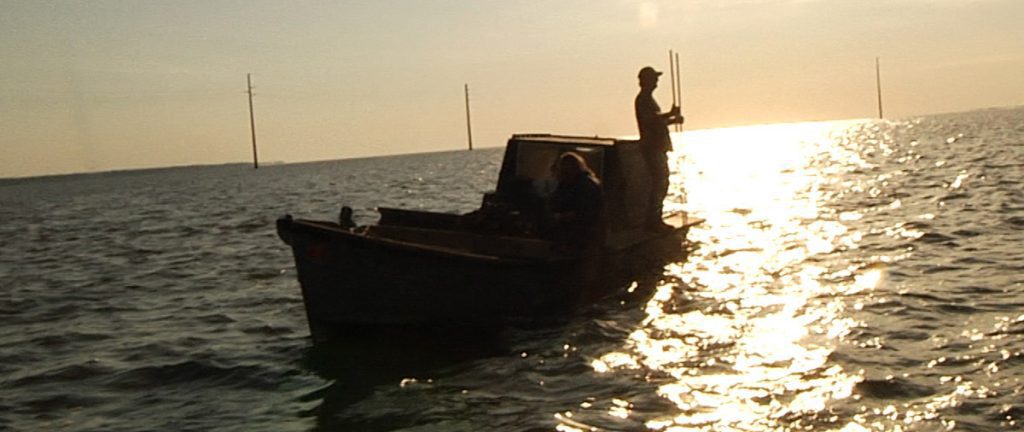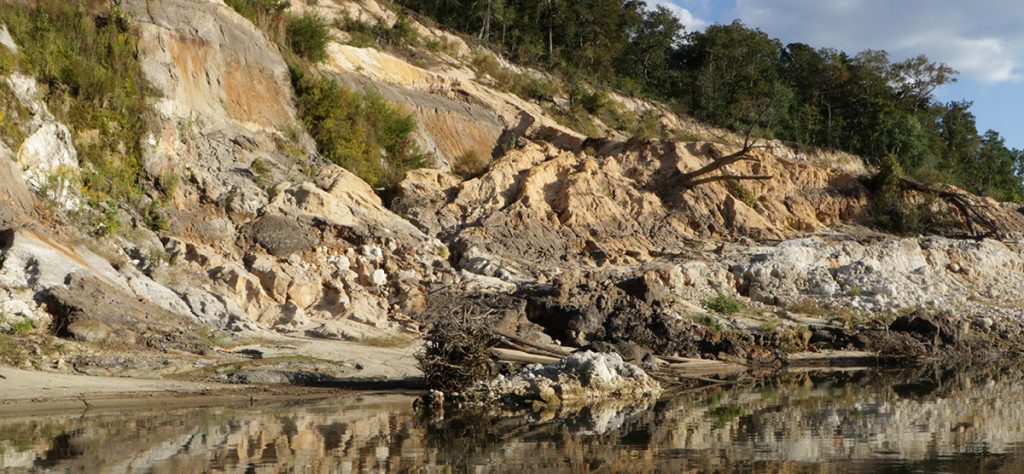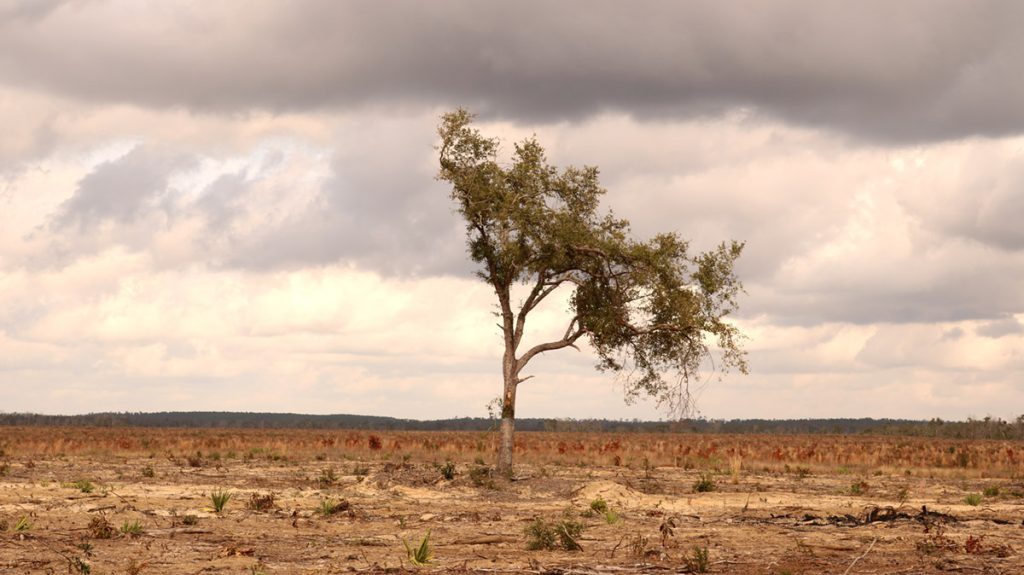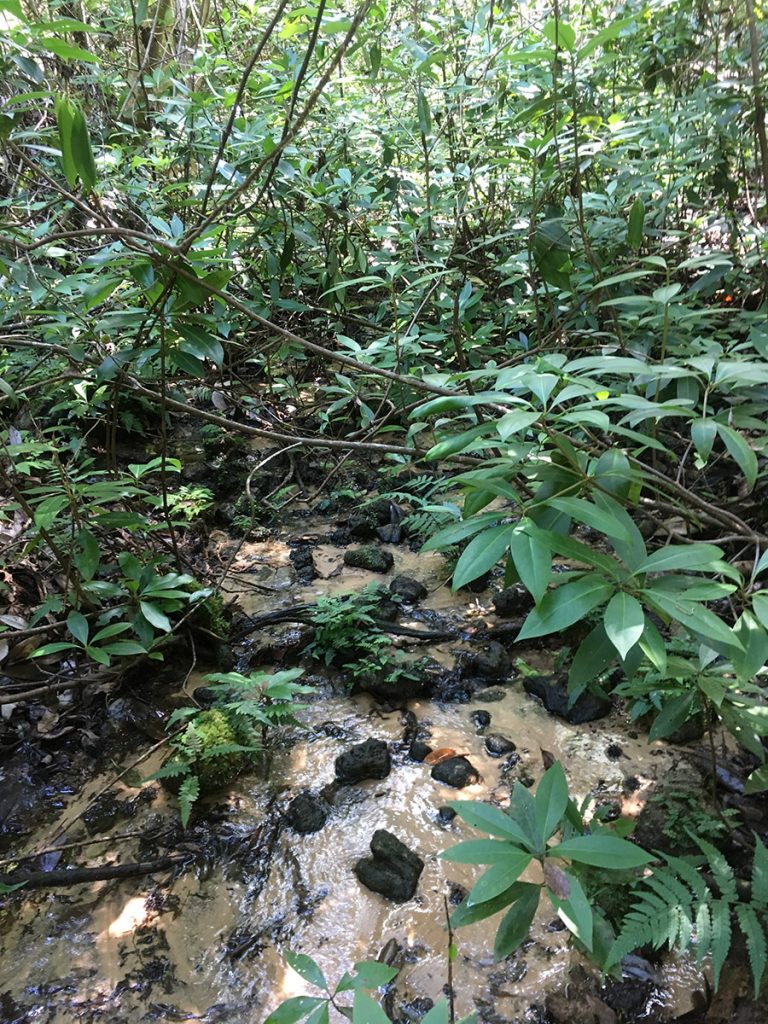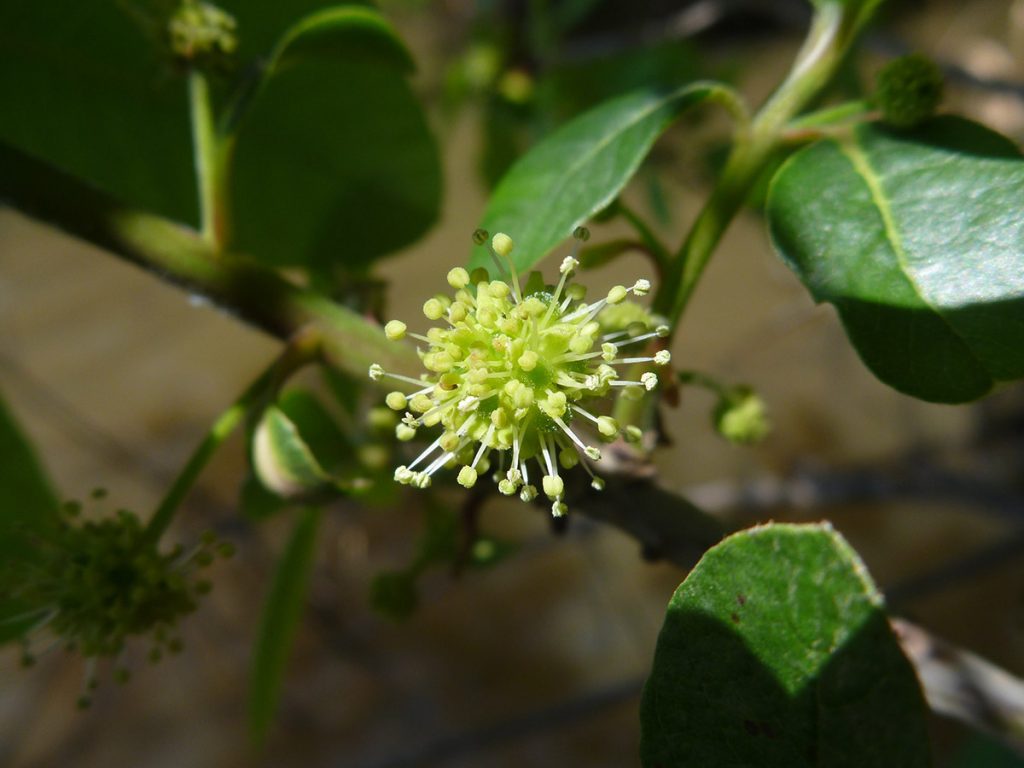Below is a Zoom recording of our Virtual Field Trip in the Apalachicola Bluffs and Ravines region, which originally streamed on October 6.
Join WFSU Public Media and The Nature Conservancy in Florida (TNC) for a thirty-minute virtual field trip to one of Florida’s lesser known treasures: the Apalachicola Bluffs and Ravines. The target audience for this field trip is students in grades 6- 12.
The Apalachicola Bluffs and Ravines region is like nowhere else in Florida. Fifty miles from the coast, the Apalachicola River crosses an ancient shoreline. High above the river, sand dunes from long-gone islands are home to a truly distinctive geology and biology.
We start up on the bluffs, where TNC has been restoring fire-dependent longleaf habitats since the 1980s. From these pine savannas, we climb down into steephead ravines, a unique geological phenomenon filled with rare plants and animals.
As we hike, climb, and find rare plants and animals, we answer the following questions:
How does restoring longleaf pine habitat help move water and sand throughout the rest of the river system?
How does regular fire promote biodiversity high in the uplands, down in ravines, and throughout our region?

Our field trip was live on Tuesday, October 6 at 10 am ET. Thank you to our partners: The Nature Conservancy in Florida, Apalachicola Riverkeeper, the Florida Native Plant Society, and the University of Florida Thompson Earth Systems Institute. This project is funded by a grant from PBS.
Additional Educational Resources
Teachable Moments: Prescribed Burnings Grades 6-12
Exploring the importance of prescribed fire in a longleaf/ wiregrass ecosystem located in a Georgia State Park. (From PBS Learning Media)
Gopher Tortoises: Burrowing to Escape Forest Fires Grades 3-9
As Brian Pelc mentions in the Virtual Field Trip, gopher tortoises are a keystone species. Their burrows protect them, as well as 300 other animal species, from fire, cold, and predators. (From PBS Learning Media. Includes support materials)
Nature-based lesson plans for grades 6-8, from The Nature Conservancy | Nature Lab
Nature-based lesson plans for grades 9-12, from the Nature Conservancy | Nature Lab
The Age of Nature on WFSU
This field trip is part of WFSU’s Age of Nature project, a series of local stories and discussions produced in conjunction with the PBS special series Age of Nature (Premieres October 14, at 10 pm ET, on WFSU-TV). For more information on this project and about the PBS series, visit our project home page.
Click here for more adventures in the Apalachicola River basin from the WFSU Ecology Blog.


